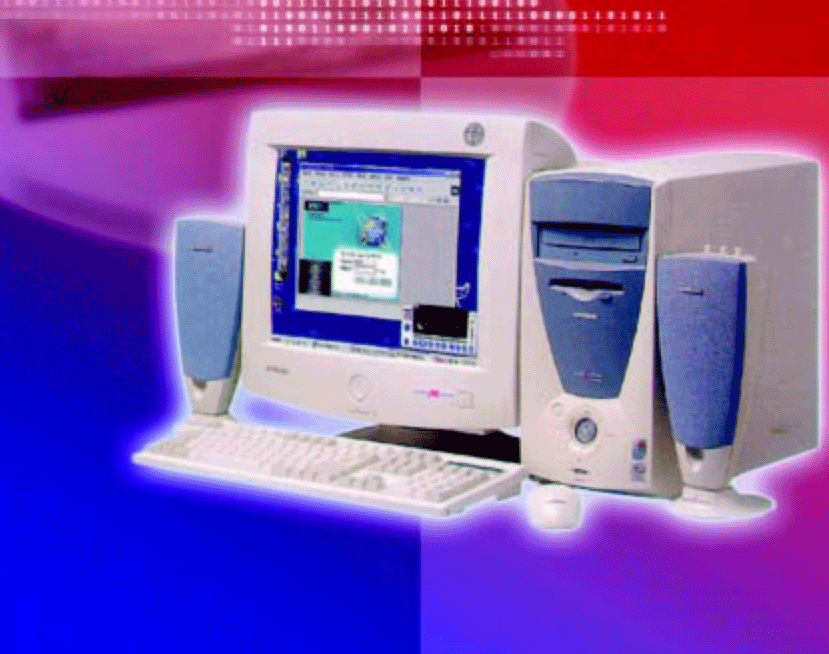 |
Overview
Starex PS resin is divided
into GPPS (General Purpose Polystyrene)and HIPS (High
Impact Polystyrene). Starex GPPS is a thermoplastic
resin with high molecular weight of 200,000- 300,000.
Such high molecular weights enhance the impact strength.
Its transparency is comparable to PMMA. Furthermore,
its excellent processability and mechanical properties
make it widely used. Transparency, residual monomer
content, and molecular weight are important factors
to determine material properties and should be considered
when selecting a grade. HIPS is made by dissolving
the rubber in a styrene monomer and then polymerizing
the styrene in the usual way. Material properties
of HIPS strongly depend on the content and particle
size of rubber, bonding strength between rubber and
matrix, and homogeneity. Generally, the rubber content
of impact polystyrene is around 3% and the size of
rubber particles is 1-5%. HIPS retains higher rubber
content from 5 to 15% to increase impact strength,
thus making it useful for products requiring such
properties. In addition, due to high heat resistance
and fluidity, products can be made by various processing
methods such as injection molding, extrusion, vacuum
forming and blow molding.
|
Features
Starex GPPS has excellent mechanical
properties, transparency, heat resistance, moldability,
and coloration. In addition, the electrical insulation
characteristics of starex GPPS are extremely good, and
the effect of frequency on dielectric constant is negligible.
It is a non-toxic resin that generates only a small
amount of gas during the molding process. Due to its
superb scratch resistance and fluidity, GPPS exhibits
outstanding processability not only for injection molding
but also for OPS (oriented polystyrene) and PSP (polystyrene
paper). Starex HIPS has superior mechanical properties,
processability, moldability, not to mention high impact
strength. Heat resistance has been improved especially
for final products. The surface peeling often found
on other molded products has not been observed on products
using starex HIPS. |
Properties
1) Mechanical
The typical stress-strain curves of GPPS and HIPS are
shown in Fig. 2. The hatched area represents the material
toughness in Fig. 1 and the frequently used tensile
strength is the value at point B (breaking point). Due
to the rubber component, the stress of HIPS at the breaking
point is smaller than that of GPPS. However, HIPS has
superior elongation and impact strength, which strengthens
as the rubber content increases. In HIPS, rubber exists
in discrete droplets within the polystyrene matrix.
In such a form, rubber can reduce crack propagation
and fracture in various ways.
2) Thermal
Thermal properties are import ant factors selecting
the proper grade for both the user of the end products
and for the processor. When subjected to high temperature
for a long time, problems such as property deterioration
of molded products and discoloration occur from thermal
degradation. The starex HIPS, which possesses superb
thermal stability, undergoes little color and property
change with temperature variation. From the user's point
of view, the very low thermal conductivity is one of
the principal features of starex GPPS and HIPS.
3) Chemical Resistance
PS resin is resistant to various kinds of chemicals,
such as water, alkalis, weak inorganic acids, and most
kinds of salts even though it is not generally as good
as PE. In benzene, toluene, chlorinated hydrocarbon,
hydrogen, esters and ketones, the resin either dissolves
or swells. It subordinates to concentrated sulfuric
acid, nitric acid, chlorine water, boric water, and
strong oxidizers such as bleaching agents. Refer to
table 1 for further details.
| Chemicals |
Results |
Chemicals |
Results |
Chemicals |
Results |
| Sulfuric
acid
(conc.) |
Y |
Benzene |
N |
Hydrochlor-
ic acid 10% |
Y |
| Sulfuric
acid
10% |
Y |
Toluene |
N |
Hydrochlor-
ic acid (conc.) |
S |
| Nitric
acid
10% |
Y |
Phenol |
S |
Sodium
hydroxide 40% |
Y |
| Nitric
acid
20% |
Y |
Ether |
N |
Ammonia
10% |
Y |
| Acetic
acid
5% |
Y |
Ethyl
acetate |
N |
Xylene |
N |
| Glycerin |
Y |
Hydroper-
oxide 3% |
Y |
Heptane |
N |
| Carbon
tetrachloride |
N |
Chloroform |
N |
Dichloroe-
thane |
N |
| Formaldeh-
yde |
Y |
|
|
|
|
Note
Y : Absolutely no variation in appearance and strength
S : Slight variation in appearance and strength
N : Significant variation in appearance and strength
4) Transparency
Transparency, an important property of GPPS, is dependent
on the injection temperature, water absorption rate,
compounding method, and additives. For excellent transparency,
careful processing control is advised. Cheil Industries
Inc. provides various grades of GPPS which meet the
user's specific requirements.
|
| Type & Applications |
| |
| Class |
Grades |
Characteristics |
Typical
Application |
| HIPS |
HF-1680 |
High
flow, High impact strength |
OA
equipment, home appliances, ashers,
refrigerator parts, toys, leisure
products, radio st housing, packing
containers, etc. |
| HF-1690 |
Excellent
flow |
Thin-walled
products, toys, commodities |
| HR-1360 |
Heat
resistance, High impact strength |
TV
set housing, home appliances, washers,
refrigerator parts, toys, leisure
products, radio set housing, packing
containers, etc. |
| HR-1360H |
High
impact strength |
Large
bottles, packing containers |
| SH-1170 |
Cold-proof
for extrusion |
Refrigerator
inner/door liners, disposable cups,
trays, tables watches, washers, commodities,
etc. |
| BM-1670 |
High
flow, Good moldability |
Yogurt
containers, large bottles |
| HG-1760S |
High
gloss, High impact resistance |
Refrigerator
parts, products requiring high gloss |
| GPPS |
HF-2660 |
Good
melt flow |
Toys,
commodities, cosmetic containers,
cookware, furniture, medical equipment,
light aprons, etc. |
| HF-2660S |
| HR-2390 |
Ultra-high
heat resistance |
Lighting
equipment, cassette tapes, fan blades,
medical equipment, school stationery,
optical parts, vegetable storage bins
for refrigerators, dust covers, etc.
|
| HR-2390S |
| HF-2680 |
High
melt flow characteristics |
Disposable
cups, packing containers, lighting
equipment, home appliances, commodities,
etc. |
|
|
|









